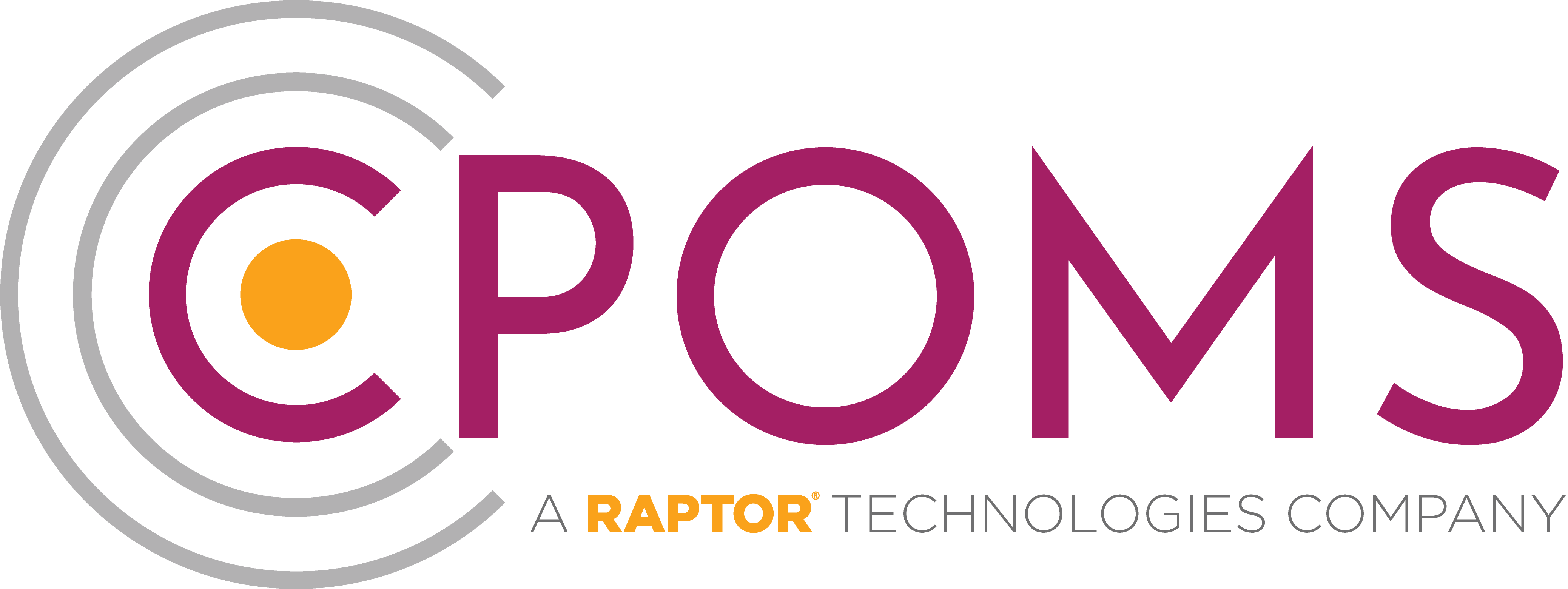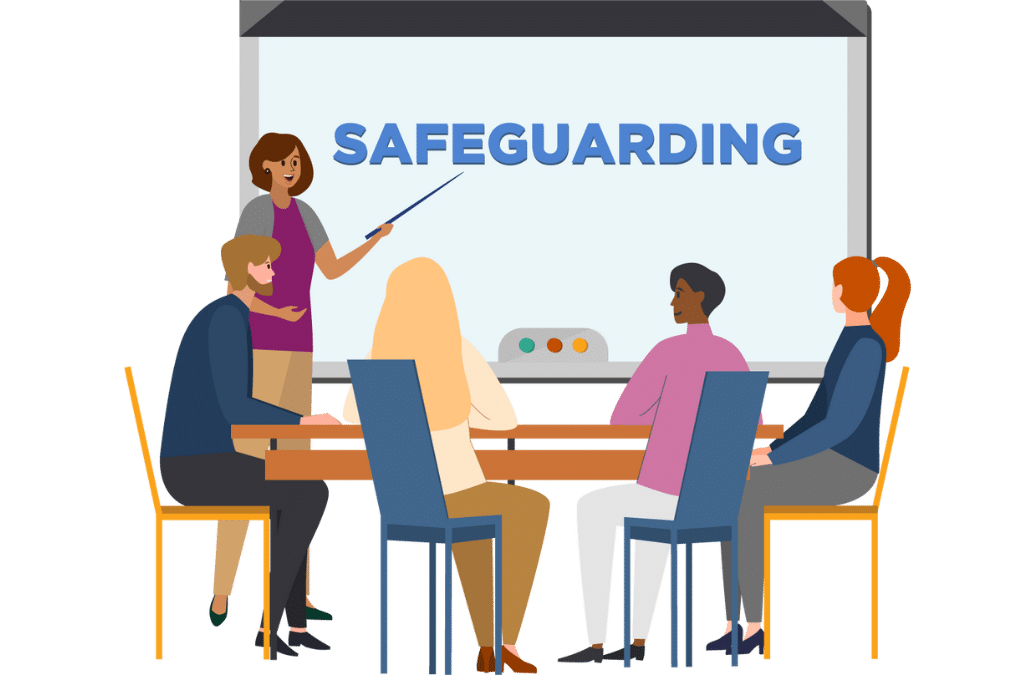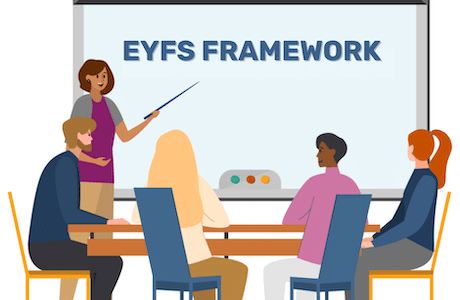Guest Author Jon Trew
The latest version of Keeping Children Safe in Education (KCSIE) 2025, the education safeguarding guidance for England, was published on Monday 7th July. The status of this edition is still ‘for information only’ and the 2024 version needs to be followed until the first of September 2025. The version published on the 7th is also unlikely to be the final version, as this draft 2025 guidance does not yet contain the long-awaited revised guidance on ‘Relationships, Sex, and Health Education’. This additional guidance is expected to be published in September and then will be incorporated into the final edition of KCSIE 2025.
However, the delay in introducing guidance on this area should not mean that the other changes in this version are overlooked in any ensuring media furore. Compared to the 2024 edition, the 2025 draft version contains few significant policy changes, mostly technical updates and some legal language realignment with other guidance and legislation.
Guidance Changes in KCSIE 2025
Online safety (AI and Misinformation)
The digital world is a place of increased challenges and multiple difficulties for anyone working with children and young people. The DfE have responded to this by expanding on the ‘Four C’s of online safeguarding’ (content, contact, conduct and commerce) to stress the importance of challenging not just extremism, but also “misinformation, disinformation, fake news and conspiracy theories.”
The guidance refers to the new Generative artificial intelligence (AI) in education policy paper which was recently published; and a reference to the Cyber Security Standards for Schools. The paper talks about how schools can use generative artificial intelligence safely and explains how filtering and monitoring requirements apply to the use of generative AI in education.
In the wake of significant malicious cyber-attacks on various institutions, KSIE 2025 also says that schools should now consider “taking appropriate action” to meet the Cyber Security Standards, which were designed to help them improve their resilience against cyber-attacks.
Filtering and Monitoring
DSL’s are reminded that they can use the DfE’s ‘plan technology for your school service’. This tool can be used to self-assess against the filtering and monitoring standards and receive customised recommendations on how to meet these standards. DSL’s and governors should examine this information and use it to check whether their school security standards are currently fit for purpose.
Oversight of Alternative Provisions
The 2025 guidance makes it clear that schools are responsible for ensuring that all safeguarding checks that would have been made on staff directly employed by a school, have also been made on staff working at any alternative provision used by them. This includes getting written confirmation from the alternative provider that they will inform the school of any staff changes and that suitable checks have been made on them.
If a child is placed with an alternative education provider, then the school must know where the child who is placed with them is during school hours. The school must keep records of all locations that the alternative education provider uses. Alternative provisions must be reviewed at least half termly to ensure the setting meets the child’s needs and that the child is attending regularly. When safeguarding concerns arise the placement should be immediately terminated if necessary.
Harmful Sexual Behaviour
Although the Lucy Faithfull Foundation’s HSB toolkit has been referenced in the guidance for several years, KCSIE now links to the Shore Space online resource. This resource offers a space for teenagers worried about the sexual behaviour of others, or their own thoughts and actions, to chat confidentiality and get crucial advice.
Other changes
The term ‘autism spectrum disorder ‘has been replaced with ‘Autism’ throughout the guidance. This is to bring it in line with other statutory guidance and to remove the pejorative term ‘disorder’.
The updated KCSIE 2025 reminds us that the role of the virtual school head was extended in March 2024. It now includes a non-statutory responsibility to promote the educational achievement of all children in kinship care. This would include children subject to special guardianship orders and child arrangement orders, not just children under care orders.
What Should Schools Do Now?
- Schools and colleges should update their safeguarding and other polices relating to safer internet use to include reference to the use of AI and to misinformation, disinformation, fake news and conspiracy theories.
- Schools that use alternative provisions should make enquires with those providers to ensure their staff have the same level; of checks as school staff and that all their locations are identified, and addresses are recorded. Make arrangements appointment to visit the provisions on a regular basis.
- Remove the term ‘disorder’ from school policies and procedures when associated with the term autism.
- Arrange a meeting between the DSL and the Safeguarding governor to discuss DfE’s ‘plan technology for your school service’ and the suitability of the schools filtering and monitoring system.
- Ensure students are aware of the Shore Space service for teenagers worried about sexual behaviour.
How Technology Can Help Schools Comply With KCSIE
CPOMS offers a suite of specialised products, each designed to address specific safeguarding and compliance need such as those outlined in the KCSIE 2025 guidance. These tools not only simplify adherence to new regulations but also enhance the safeguarding culture within schools.
CPOMS StudentSafe is central to managing safeguarding concerns and ensuring detailed records are maintained. The platform allows staff to document incidents, interventions and concerns in a secure, centralised system. This aligns seamlessly with KCSIE’s emphasis on rigorous record-keeping and provides safeguarding leads with the tools to monitor potential signs of sexual abuse.
To further support schools in adherence to KCSIE guidance, CPOMS Engage enhances vital safeguarding information sharing between settings, such as tracking safeguarding checks for alternative provisions. This allows schools, APs and agencies at the local authority to quickly securely share crucial safeguarding information or alerts to ensure that no child slips through the gaps.
CPOMS StaffSafe supports the stringent background checking requirements outlined in KCSIE 2025. Schools can digitally track vetting processes for their SCR, ensuring safer recruitment practices for both in-house staff and external personnel, such as those linked to alternative provisions.
To discover how CPOMS solutions can support your school in adhering to the latest KCSIE guidance, book a demo today.




